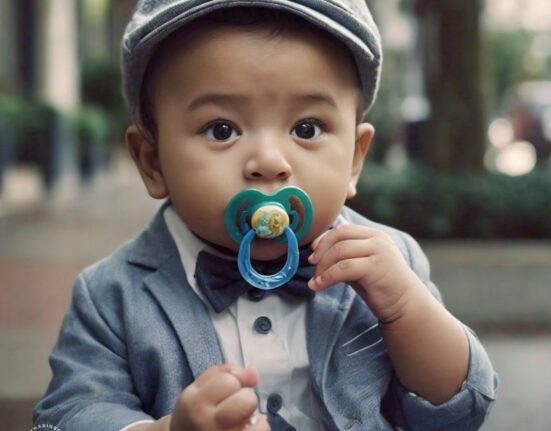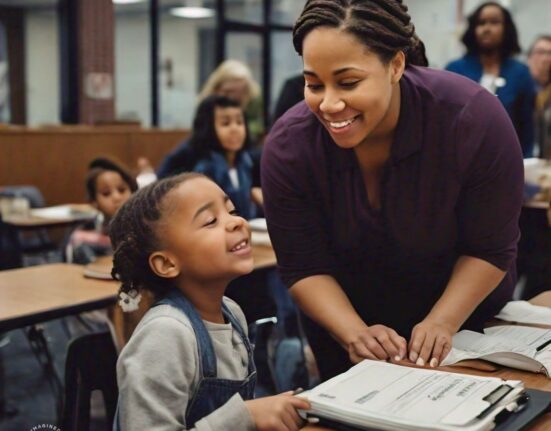Emotional Development for Ages 0-5
In the first five years of a child’s life, they will go through immense emotional growth as they begin to learn how to relate to the environment and people that surround them.
1-3 months
In the first 1-3 months of your child’s life, they will begin to see things clearly, which will help them recognize familiar people and be able to be calmed. They will begin to stop crying when they are picked up, as they are able to recognize the comfort and security of a human presence and will also be able to concentrate on voices. They will begin making faces and smiling at this age, but when they mature a few more months, (around 3-6) they will begin to truly smile and laugh about new and exciting things. They will at this point be able to definitively recognize people and will have also learned to communicate discomfort through crying and through moving their limbs around.
6-12 months
Between the ages of 6-9 months, they will begin to enjoy games and can understand simple emotions, like happiness or anger, as they are expressed through nonverbal cues, although complex emotions such as confusion or disappointment will be inaccessible to the child at this point. They might also engage in self-soothing behaviors, like thumb sucking, and will be attached to objects and toys, crying when one is taken away. Approaching the year mark, between 10 and 12 months, the infant will likely develop an emotional attachment to one parent and will cooperate with some things and not others. At this age, they will develop a simple sense of humor and a sense of self-esteem; this means they will be able to keep themselves entertained but will also likely begin throwing temper tantrums.
The first year is a time of rapid emotional development, and there are some warning signs to watch out for at this age. Your infant might be emotionally stunted if, by the year mark, they have frequent breakdowns or temper tantrums, often set off by small, seemingly normal interactions. They might struggle to sleep or be worried at all times. You can boost their emotional development at this age by talking calmly about their emotions – ask what’s wrong and help them try to work through their feelings. Keep facial expressions simple at this stage, and try to model how you deal with problems, either when talking with a partner in front of the child or through talking through a problem out loud.
1-3 years
Between the ages of one and three years, your child will become more aware of themself as an individual. They will begin to be able to verbally express how they feel, and the range of emotions they experience will grow- they will begin to feel things like fear, embarrassment, jealousy, empathy, guilt, and especially frustration. They might yell or cry when they don’t get their way and are very ego-centric; they don’t understand why they have to wait for things, or why things can’t be done in a certain way. By the time your child ages out of this stage and into school age, they will have developed the ability to self-regulate: they can calm themselves down after something exciting or upsetting happens, control their impulses, and refocus their attention. You can help encourage this development by modeling and talking them through their emotions, especially praising them when they handle things well. Toddlers can also learn about this skill through play. Try to set up playdates where they don’t necessarily have to share or take turns, but can still collaborate, like painting or playing with blocks.
3-5 years
After their third birthday, your child will start to be able to differentiate between the different emotions she’s having. This is a time where they will begin developing their first friendships, and the environment they are in -whether it be daycare or playdates – will have a strong impact on their emotional development. Exposure to different types of people at this age will help your child as they begin to develop empathy (Denham, 1998; Rubenstein & Howes, 1983). Around four years of age, play will become even more important in your child’s development; they will begin to regulate their own emotions and understand other’s emotions. They will be able to self-soothe and help their friends when they are upset and will be able to understand theirs and others emotional states. By the time your child reaches five years, they will be increasing more complex and blended emotions, and will be able to discern between feeling one way on the inside and another on the outside. If they are able to identify, regulate, and talk about their emotions, your preschooler is an emotionally well-rounded kid!
If your child seems to struggle with these, parents can try modeling how they resolve arguments with their children, discussing the emotions that they feel, and asking their child to talk about what they’re feeling. If they seem unable to regulate their emotions at this age, consider talking to your pediatrician about your concerns, but remember that all children develop at their own rate.
Sources
Denham, S. A. (1998). Emotional development in young children. New York: Guilford Press.
Rubenstein, J. L., & Howes, C. (1983). Social-emotional development of toddlers in day care: The role of peers and of individual differences. Advances in Early Education & Day Care, 3, 13–45.






